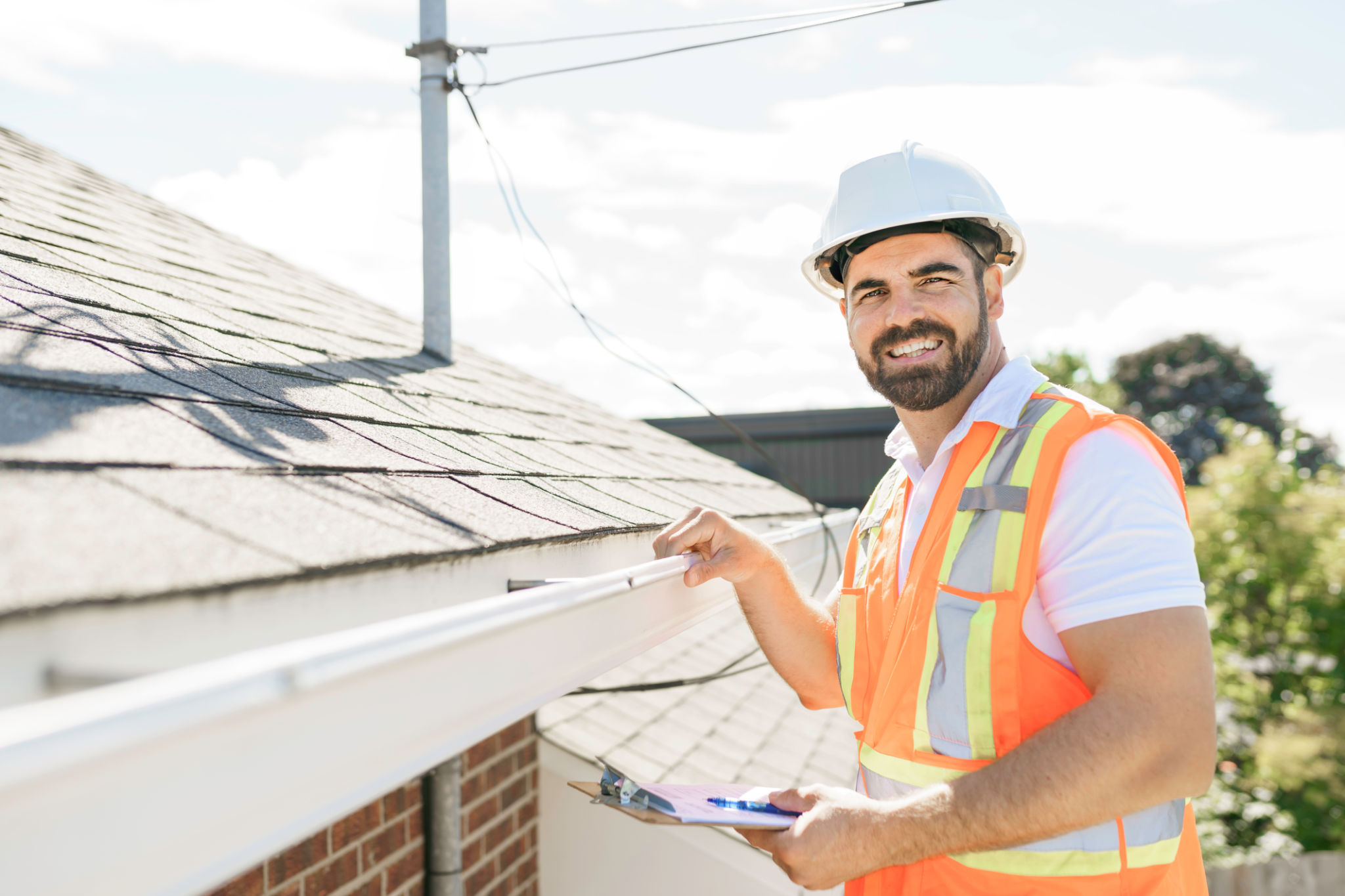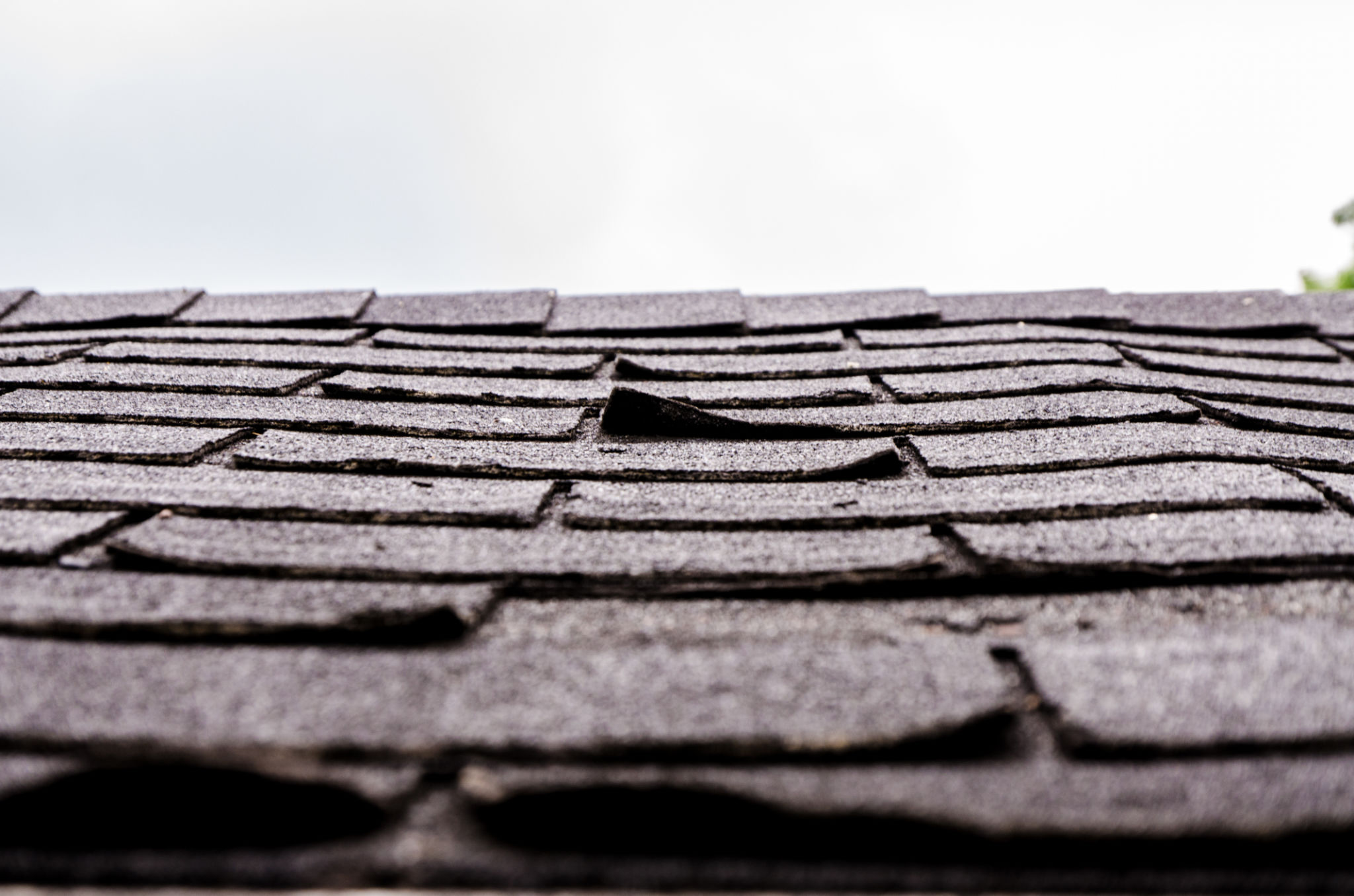DIY Roof Inspection Tips Before Calling the Experts in Summerville
Understanding the Importance of Roof Inspections
Regular roof inspections are crucial for maintaining the structural integrity and longevity of your home, especially in areas like Summerville where weather conditions can be unpredictable. Before you reach out to professional roofers, conducting a DIY inspection can help you identify obvious issues and potentially save on unnecessary repair costs. Here are some essential tips to guide you through a thorough roof assessment.

Gathering the Right Tools
Before you start your inspection, ensure you have the necessary tools on hand. A sturdy ladder, binoculars, a notebook, and a camera or smartphone are essential for a comprehensive inspection. These tools will help you safely examine your roof and document any findings for future reference or when consulting with professionals.
Safety First
Your safety should always be a top priority. If you're uncomfortable with heights or have a steep roof, it might be best to conduct your inspection from the ground using binoculars or consult an expert. Always ensure your ladder is secure, and consider having someone nearby to assist if needed.
Exterior Roof Inspection
Start your inspection with a visual check from the ground. Look for any visible damage such as missing, cracked, or curled shingles. Pay attention to any sagging areas or debris accumulation, as these can indicate potential problems. The presence of moss or algae can also suggest moisture retention issues that need addressing.

Gutter and Downspout Check
Clogged gutters and downspouts can lead to water damage and affect your roof's health. Check for leaves, twigs, and other debris that might obstruct water flow. Also, inspect the gutters for signs of rust or separation from the roof edge, which could indicate wear and tear.
Interior Roof Inspection
The attic or ceiling can reveal telltale signs of roof issues. Look for stains or discoloration on walls and ceilings, which may point to leaks. Also, check for any signs of mold or mildew, as these can indicate poor ventilation or moisture problems.

Ventilation and Insulation
Proper ventilation and insulation are vital for preventing moisture buildup in your attic. Inspect vents to ensure they are unobstructed and functioning correctly. Adequate insulation will help maintain temperature consistency and prevent condensation that could lead to mold growth.
Documenting Your Findings
As you conduct your inspection, take detailed notes and photographs of any issues you encounter. This documentation will be invaluable when discussing potential repairs with roofing experts. It also helps track changes over time, making it easier to spot new problems quickly.
By following these DIY roof inspection tips, you can proactively maintain your roof's health and potentially save on costly repairs. However, if you're unsure about any findings or if the task seems too daunting, don't hesitate to call in the experts for a professional assessment.
